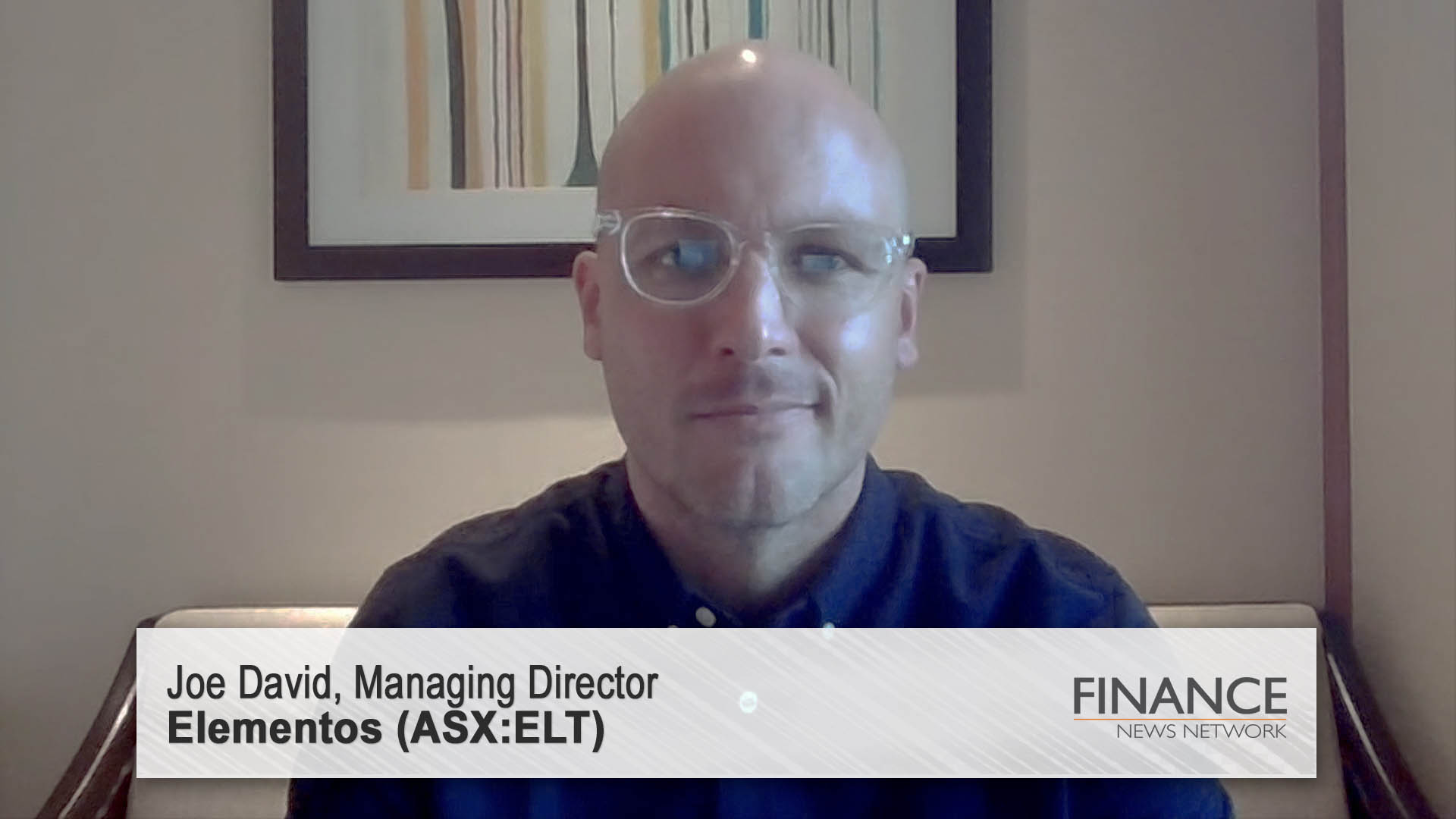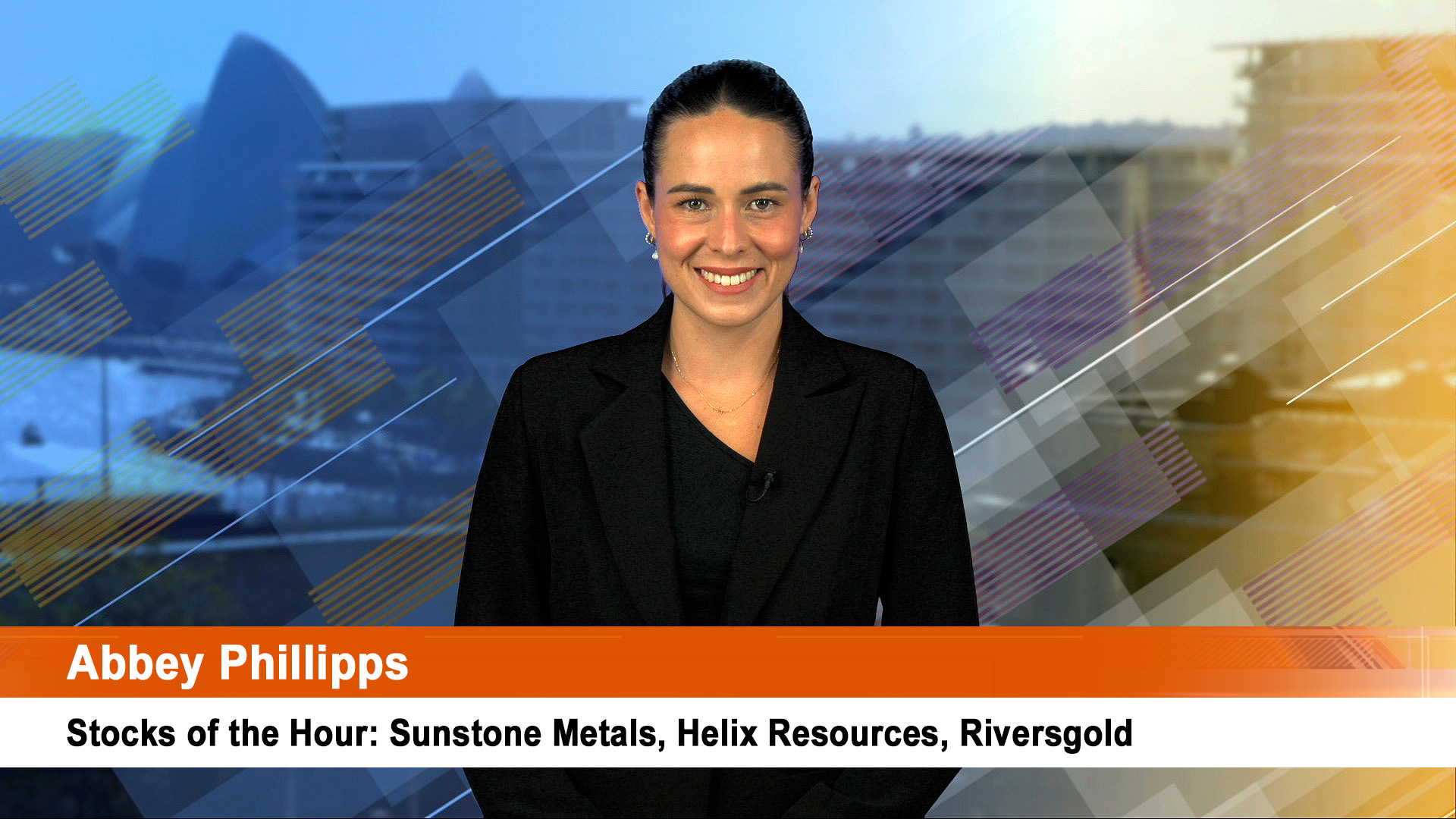Markets are going to have another solid week, as they shrug off weak economic data, political fears and slowing economies in markets such as China, India and Brazil. But Europe is slowly recovering, the US is doing OK, but will probably do better in coming months and the Japanese economy now seems to be rebounding fairly strongly.
For all the worries about politics in Australia, the US, parts of Europe and the UK, investors are confident and markets overall are powering ahead.
Some claim it’s due to the Fed continuing its quantitative easing, others suggest that it’s more due to a thin late spring (northern) and summer trading which magnifies the gains. The argument goes that this will change in September when volumes return to normal levels and more investors are back at their desks.
But a more substantive reason is that markets have now adapted to the fact that at some stage in the next five months the Fed will starting turning off its $US85 billion a year spending tap.
That no longer frightens markets (that the punchbowl will be taken away and emptied completely).
Last week was no different.
Markets rose on the back of good data releases and profit results in the US and Europe along with ‘dovish’ indications from the Fed and ECB and the RBA Governor Glenn Stevens.
Australian shares benefitted from these strong global leads along with comments from Governor Stevens.
Over the last week US shares rose 1.1%, Eurozone shares 2.4%, Japanese shares 2.4% and Australian shares 1.5%.
US shares were mostly firmer on Friday, but the gains were small.
But the Dow and the S&P500 hit all-time highs at 15,658.36 and 1,709.67 respectively.
The Australian sharemarket has hit its highest point in more than two months.
Overnight trading on Saturday morning showed a 9 point gain for the share futures contract at 5,077 for the ASX 200.
The ASX200 index jumped 55.3 points, or 1.1% to 5,116.8, while the All Ordinaries index added 51.6 points, or 1% to 5,098.7.
In fact the ASX200 index had its 10th consecutive day of gains and rose 1.5% for the week, taking it above 5100 points for the first time since May 22.
ASX200 1-Month – Local Market Shrugs Off News, Data Flow

In Tokyo shares jumped 3.3% after a couple of tough days earlier in the week to be up 2.4% for the week.
The ASX 200 index has moved from a price-to-earnings multiple (PE) of 12 times expected earnings a year ago to about 14 times expected earnings, which is close to its 10-year average.
That’s despite an obvious worsening for profits from the resources sector (including the service company sub-sector), retailing and manufacturing.
Our market rose 5% in July and 1.1% on Friday.
After a 5% rise last month, Wall Street’s Standard & Poor’s 500 index was trading at 15.5 times expected earnings at the end of last week, well above its five-year average of nearly 14 times.
But profits for US companies have been far stronger in the past year than for Australian corporates, so the higher PE in that market seems justified for the moment.
Friday’s weak jobs report from the US helped sentiment because some traders now think the Fed will wait until December before starting to ease, rather than from its September 17 meeting.
US 10 year bond yields, a key indicator of the way markets think about the Fed’s move, fell sharply on Friday after the news that only 162,000 new jobs were created last month (and 26,000 jobs were cut from the estimates for June and May).
Yields on 10 year bonds fell sharply (0.11%) to 2.6% on Friday night, but still closed out the week roughly 4 basis points higher.
Comex gold for December delivery settled at $US1,310.50 an ounce in regular trading on the Comex, but kicked higher in after hours dealings to end at $US1,312.90 an ounce. Gold futures lost just under 1% for the week.
New York oil futures ended the week on $US106.94 a barrel, up 2.1% for the week. UK Brent crude figures rose 1.7% and ended at $US108.95.













